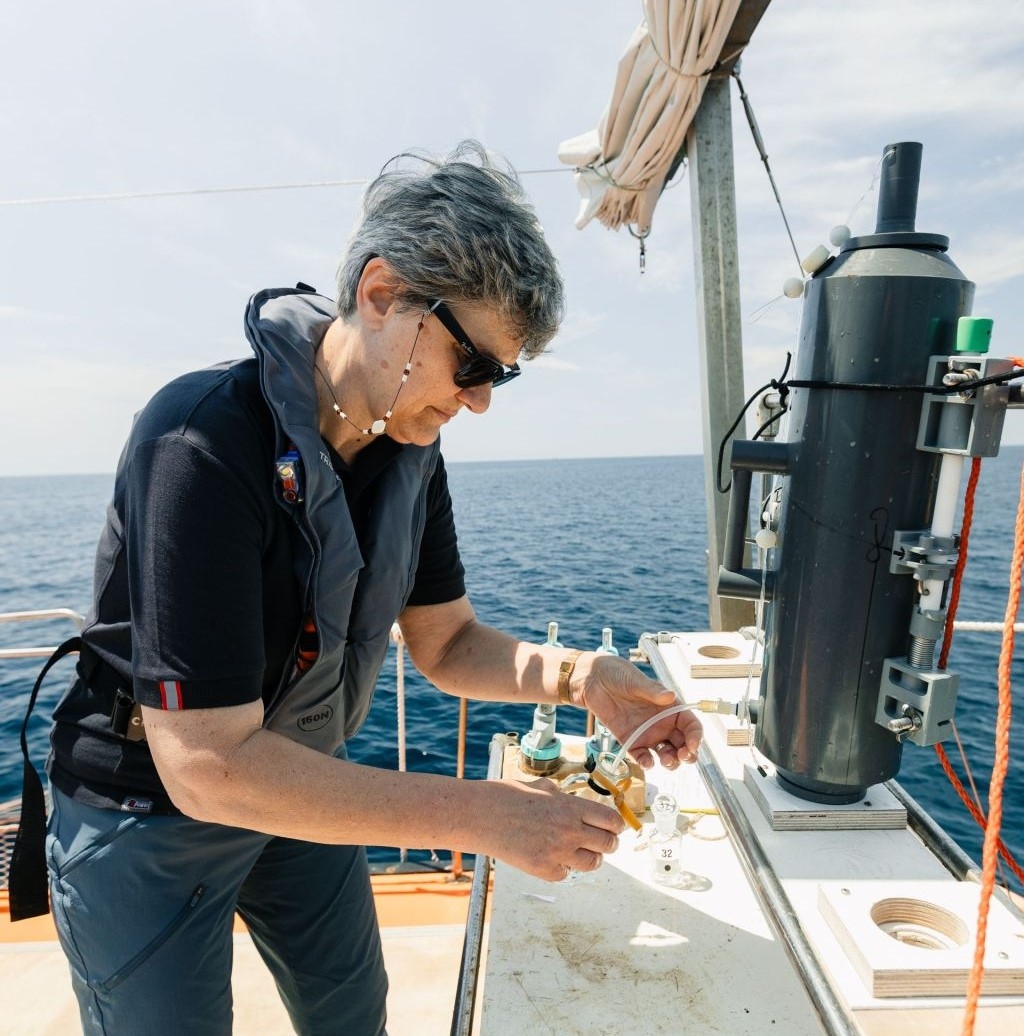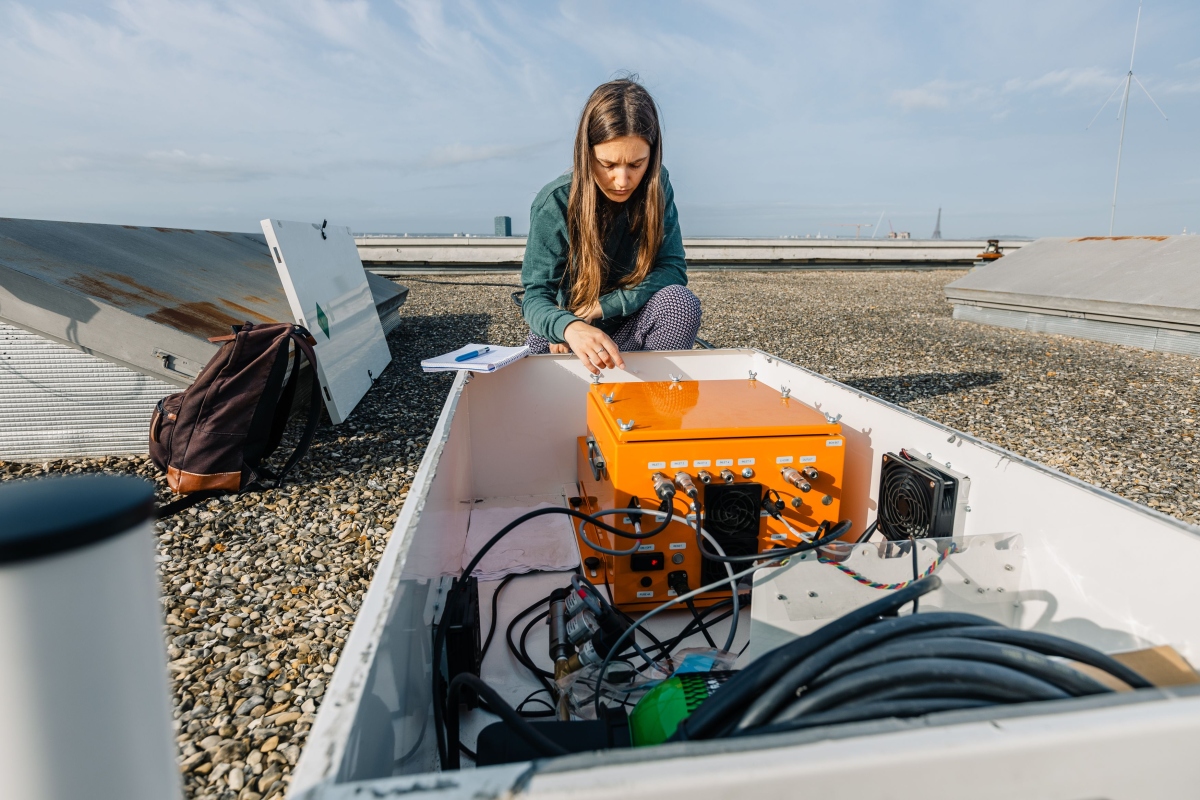
The scientific community is continuously improving instruments and methods to achieve higher quality data. With more accurate, comprehensive, and near real time measurements, it is possible to make informed decisions for targeting climate change mitigation efforts.
This progress will be showcased in various presentations at ICOS Science Conference 2024, highlighting how innovative technologies and novel methods are advancing greenhouse gas research. To learn more about the latest advancements, view the programme and register for the conference here.
Reliable data drives informed decision-making
High quality of data ensures that it’s suitable for its intended purposes and for making justified decisions. High-quality data is reliable, consistent, and performs effectively when applied further. Achieving and maintaining high data quality requires effort, and therefore methods and technologies for data acquisition are continuously developed and evaluated.
One way to improve data quality is to develop tools that secure data availability in different conditions. In their poster presentation titled ‘Urban and tropical EM27/SUN network for satellite validations, observations and verification of greenhouse gas emissions’, Morgan Lopez from Laboratory for Climate and Environmental Sciences (LSCE) will delve into how automatic near real-time data treatment chain and enclosure system build in the research instrument ensure the quality and availability of the data. These developed tools for EM27/SUN spectrometer network are contributing to providing semi-continuous greenhouse gas observations in real-time. Lopez will present some applications of the network, such as its contribution to ICOS-Cities project, in poster session 12.
ICOS Cities project is seeking ways to enhance the coverage of data in cities to design methodologies and services to support climate action. Zurich is one of the three pilot cities where a sensor network provides detailed information on the spatial gradients and temporal variability of CO2 within the city and its surroundings. Estimating CO2 fluxes from these observations, Nikolai Ponomarev from Swiss Federal Laboratories for Materials Science and Technologies will present results of their observations of the largest differences between prior and posterior fluxes. Ponomarev will explain how Christmas holidays are affecting them in the presentation ‘Inversion of anthropogenic and biospheric CO2 fluxes in the city of Zurich from a network of mid-cost CO2 sensors’ in parallel session 14.
Continuous method development enhances data quality
Scientists are continuously exploring ways to enhance the accuracy and coverage of data through the improvement of existing methods. Innovative approaches can play a critical role in expanding the capabilities of data collection and analysis.
At ICOS Science Conference 2024, Pedro Herig-Coimbra from Université Paris-Saclay will present how photosynthesis and ecosystem respiration could be evaluated from net ecosystem exchange (NEE) of CO2 with a new wavelet-based method. Herig-Coimbra tested the method using data from 39 ICOS sites. The results can be heard in his presentation in parallel session 28 ‘A new wavelet-based-direct-partitioning eddy covariance CO2 fluxes workflow evaluated in ICOS’.
Georg Jocher from the Global Change Research Institute CAS has also explored a novel method of computing NEE. Jocher is researching how forest NEE estimates could be improved by taking the below canopy processes into account when processing eddy covariance (EC) measurements above the canopy. Jocher will delve into how EC measurements of scalar fluxes above canopy can be biased due to the below-canopy processes, like the air masses above being decoupled from the air masses below. More details will be provided on Jocher’s oral presentation ‘Addressing forest canopy decoupling in eddy covariance flux measurement networks’ in parallel session 24.
Alice Ramsden from Met Office Hadley Centre presents a novel approach of using inverse modelling of methane isotopes that considers the uncertainty of used variables. In the oral presentation titled ‘Inverse modelling of regional methane emissions from multiple sources using high frequency methane isotope observations’, Ramsden will present how advancements in inverse modelling can enable direct estimations of methane emissions from different sources instead of producing a monthly estimate of methane emissions from all sources. In parallel session 21, Ramsden explores how the Bayesian inverse modelling system may reduce uncertainty of the estimations of methane emissions.

Improving the instruments with technology innovations
Collecting precise measurements from so far undersampled areas often challenges scientists to adopt new technologies. Recent initiatives work to develop instruments smaller, autonomous and more affordable to better serve the research purposes whilst enduring data quality. New instrumentation can sometimes reach regions in the world that have previously not been explored, such as the deep sea.
Development of new autonomous sensors for ocean observations is one of the main focuses of GEORGE, an EU project that seeks to improve ocean observations with novel technologies. To improve coverage, continuity and spatio-temporal resolution on marine observations, the project aims to develop new sensors for studying the ocean carbonate system. Laurent Coppola from Sorbonne University will present the latest development and integration of these new sensors in the presentation ‘The ocean gliders capacity to estimate the air-sea CO2 flux: from machine learning tools to innovative sensors’ in parallel session 9.
Ocean is not the only domain requiring innovative sensor development. Poor availability of wintertime CO2 measurements from the Arctic tundra led researchers to develop low-cost sensors that provide measurements through Arctic snowpacks. In the oral presentation ‘Low-cost sensors for spatially distributed CO2 measurements through Arctic snowpacks’ in parallel session 9, Victoria Dutch from the University of East Anglia will explain how these sensors contribute to understanding soil respiration as a source of CO2 at the base of snowpacks.
ICOS Science Conference 2024 on 10–12 September highlights these among other advancements and scientific breakthroughs in greenhouse gas research. Register to the conference here.